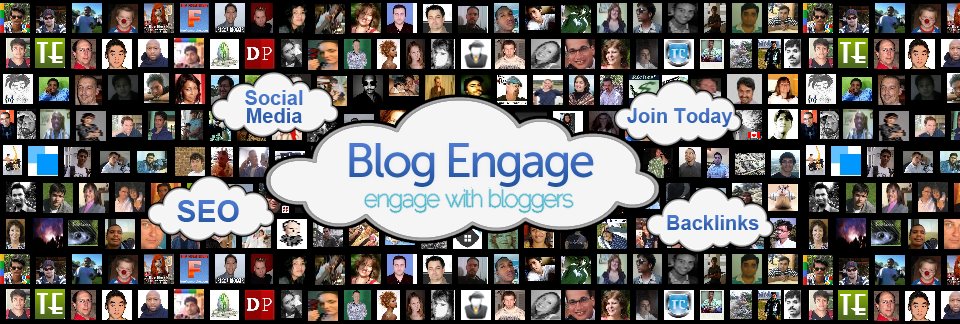There are many ways to start a blog. Niche blogs are started differently, blogs made for contextual ads or affiliate marketing is made in a different way. Depending on what you intend to achieve, you need to take a plan of action.
Today, we are going to discuss a blog starting guide where you will make a brand out of your blog. This can work on normal portfolio blogs, niche blogs, make money online and blogging based blogs. Any type of blog where you want to build a brand can use this tutorial to jump start your new blog.
This is a step by step tutorial where we will cover the entire process of creating a branding blog where we will build an audience around our blog and slowly keep adding more content to grow the blog with time.
Step 1: Fill up all the pages of your blog with the most updated and current information. Make sure that your contact us page is working and the email submit form is sending you the emails. The about us page will always be the most important page of your blog. Most people who land on your blog from whatever sources of traffic, will check out your about page and if the content isn’t updated or it does not have a compelling story, it won’t make that emotional connect with your readers.
Along with that, there are certain other pages that are equally important, such as the FAQ page where people look for basic questions about you and your brand. Some people will even look for the privacy and the disclaimer pages, so always best to make sure that every page has updated information.

Step 2: Write an introduction post: As a new blogger who wants to build a personal brand, starting off with an introduction post is the best way to go about it.
Write an article introducing yourself to your audience. Tell more about how you started your online journey, the story and the motivation behind it. Mention your failures and how you overcame those to build a successful business. If your story is inspiring then there will be a lot of people who will connect with you and they will stick with you for a very long time.
Step 3: Set up Email Marketing: Now that you are connecting with your audience, we need to make sure that this connection stays. One of the best ways to make that happen is to get their email ids signed up on your mailing list. Add an email signup form, perhaps in the form of a popup or exit intention added to your site. Do this from the first day to make sure that you catch every reader that comes your way.
Having their email ids is one thing, but if you can’t keep them glued to your content, you will eventually lose them. Start working on an auto-responder system so that your subscribers keep getting an email every few days, automatically, which will keep them busy and connected.
Step 4: Add social media sharing buttons: When your story is inspiring, people will share it with their friends and family. Everyone needs a bit of an inspiration and motivation in their life. However, we all know that people are lazy too and no one will bother copying down your content and links to share on their timeline. It is thus important that you add some social media sharing buttons on your post which will make sharing easy for your reader.
Step 5: Start blog commenting: Now that everything is set, you have a great about page, an introduction page which is configured with email marketing and social media integration – it is time to start building an audience.
Blog commenting is the best way to start your online marketing. Target to make comments on at least 20+ blogs every day. If you are a niche blogger then look for blogs on your niche and then start making these comments. Make sure to comment on the latest posts only. After commenting, share the post on your time line and tweet it out so that it sends a notification to the blogger, letting them know that you have shared and commented on their posts.
Step 6: Do forum posts: The next step is to look for relevant forums and build a good profile on those forums. Forum marketing is a popular way to build an authority and at the same time, bring in that audience back to your own blog. Never hurry with forum marketing as things can go wrong if you start to sound self-promotional, which is why you should take out the time to make enough posts and keep your promotional link-drops to perhaps once a week or less.
Step 7: Start answering on Quora: Look for relevant questions on Quora and answer them with the best of your knowledge. Do note that even if you don’t know about something that is on your niche, you can always research, learn and then reply.
Posting answers is only one part of Quora. If you want to utilize Quora to the best possible extent then start following members who are asking and replying to content that is relevant to your niche. Start a weekly blog on Quora and keep it updated with good content. When you follow someone on Quora, make sure to check if they had asked questions or answered to other people’s questions. Post answers to their questions and like their answers. It takes time to build a relation online but one should keep trying with the best of their abilities.

Step 8: Start adding more articles: For the first few months, don’t add any more content and let people only read your introduction post and add replies to it.
Months later, it is time to start adding more content. Keep your introduction post as a sticky post on the front page and never remove it. Set up a posting schedule and start adding more content. This way, new people will still read your introduction post first and the old readers will remember you from the sticky front post and at the same time there will be enough content down the page that they can keep reading.
Now that you have started adding more content, make sure to send these new posts to your newsletter subscribers in addition to the auto-responder that they are getting. That way, old subscribers who have joined in early and haven’t got any new posts for months will once again start reading your fresh content and stay connected. There are a number of ways to start a new blog and get going with it. This step by step guide works best with personal brands and influencer blogs but the same idea can be implemented for niche blogs as well for building loyal audiences.




